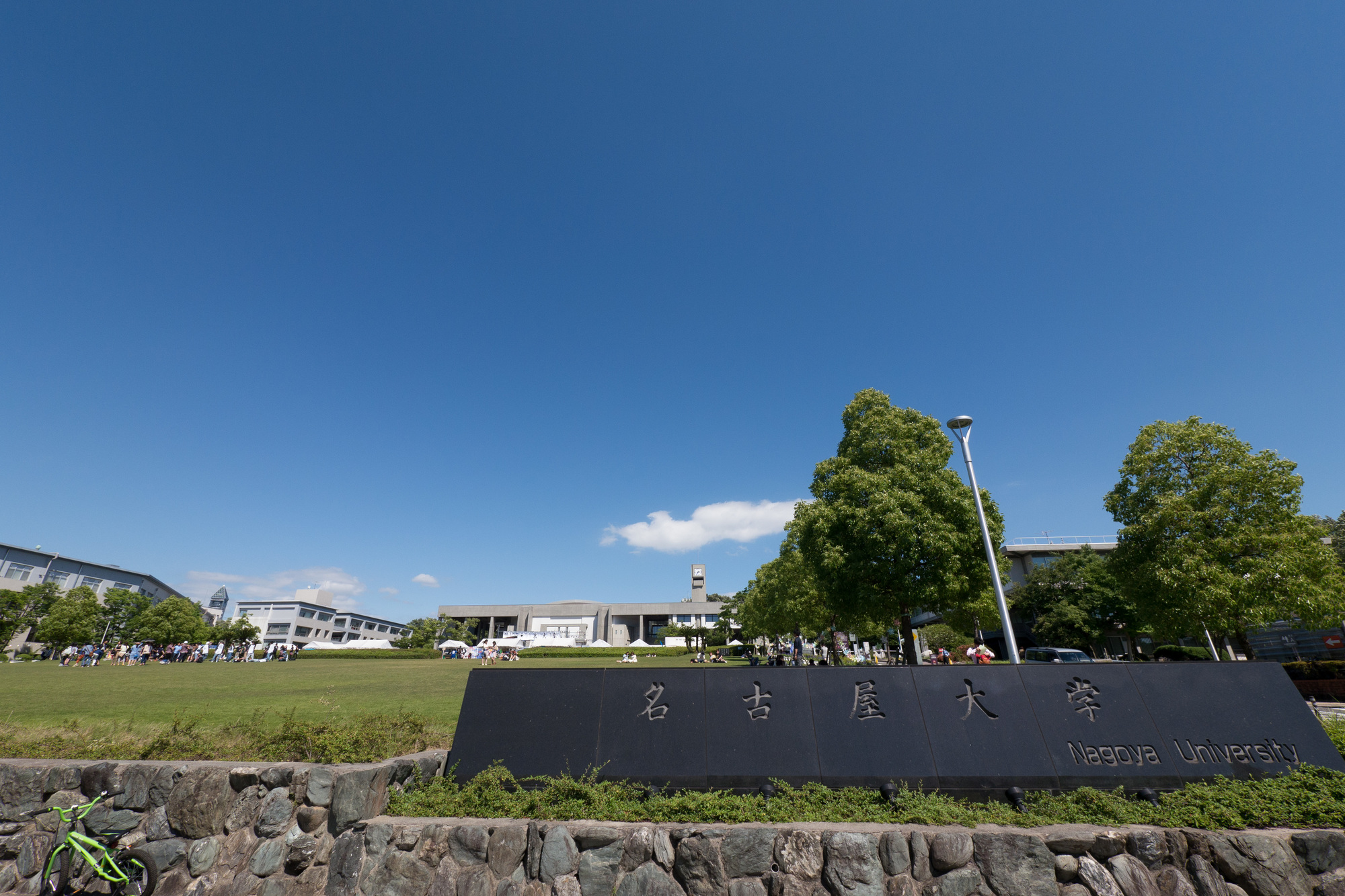A research group led by Associate Professor Atsushi Natsume of Nagoya University discovered a gene effective for nerve regeneration from the gene of a larva (Otamajakushi) of African turkey with regenerative ability, and the gene was found in the stem cells in the spinal cord of a mouse with spinal cord injury. Succeeded in nerve regeneration by inserting.
Much research has been done on the treatment of spinal cord injuries.However, even now, it is difficult to completely regenerate nerves after injury, and severe sequelae such as paralysis of limbs remain.Reasons for difficulty in treatment include the very limited ability of the mammalian spinal cord to regenerate nerves, and the scarring of the injured area, called the glial scar, that interferes with nerve regeneration.Therefore, if they are overcome, treatment for spinal cord injury can be expected.
Ependymal cells in the center of the spinal cord exhibit the properties of pluripotent stem cells by damage.Focusing on this, the research group thought that nerve regeneration is possible if stem cells can be induced to nerve cells.Then, as a promising candidate gene to be introduced into stem cells, we discovered the neural transcription factor "Neurod4" from the gene analysis of Xenopus laevis, which has high nerve regeneration ability.
After spinal cord injury, cells "astrocytes" that normally support nerve cells (neurons) are generated and accumulated around the injury, forming glial scars.In this study, when Neurod4 was introduced into spinal cord injured mice, the fate of differentiation from neural stem cells to astrocytes was changed, and instead, differentiation into neural cells could be induced, and glia were also reduced.In addition, the differentiated neurons formed synapses with motor neurons, respectively, which improved the motor function of mice.
This study indicates that the introduction of the neurotranscription factor Neurod4 into spinal cord endogenous stem cells may be a powerful treatment for spinal cord injury.
Paper information:[IScience] Neurod 4 converts endogenous neural stem cells to neurons with synaptic formation after spinal cord injury

